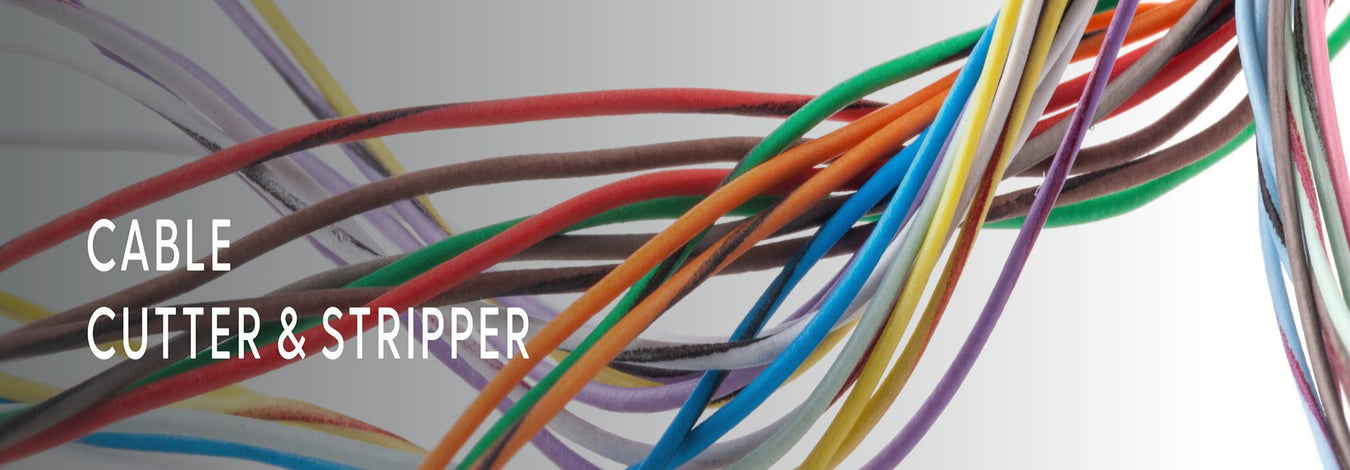
How Can I Test a Crimped Cable?
Crimp connections are essential to electronic and electrical applications in most industries. The integrity of a crimp connection matters since it affects its reliability in an electrical system. For this reason, performing a test on crimp cable connections is necessary. Such tests help prevent issues like electrical hazards and power transmission failures. Also, these tests are essential in quality control and enhancing the optimal performance of crimp connections. Above all, regulations in some industries require crimp connections to meet certain standards, and testing is one way to ensure compliance.
How can you test crimp cable connections? That is what this post discusses.
Read more: How to Validate Crimp Quality
Ideal Ways to Test Crimp Cable Connections
1. Visual inspection
Visual inspection is a non-destructive method of testing the quality of crimp cable joints. This is often the first step when testing cable connections using other methods. The visual inspection entails physically examining the crimp joint created, looking for certain signs to determine its quality. They include:
- Cracks/deformities: You should check for cracks on the terminal or insulation section. It’s usually a result of inappropriate force/pressuring during crimping. However you might use the right force, but if the jaws’ cavity of your cable crimping tool is worn out, it might cause deformities. Lastly, using the wrong crimper tool or a crimping tool with jaws that don’t match the size of the crimp terminals may easily lead to deformities/cracks. The cracks show that the connection will likely result in poor mechanical performance and electrical conductivity.
- Protruding wire strands from the crimp joint
- Uneven crimps
2. Tensile test (Pull test)
Tensile testing is a great way to evaluate the integrity of the crimping process and the strength of crimp wire assemblies. This method often involves using tools such as a manual/motorized pull tester or a digital force gauge to measure the force required to separate a crimped terminal from a wire. Choosing the appropriate tool is usually based on the capacity of force needed and the number of tests being done.
How exactly do you conduct a tensile test? The process may vary depending on the tool or gadget you’re using. However, the standard procedure entails positioning one wire end into the gripping attachment and securing the other end to a fixed point. Then, activate the pull tester to pull the wire gradually, increasing the force until the wire breaks or the terminal is removed. You should take the reading to determine the amount of pull force (peak force) needed to break the wire.
This test method can also help manufacturers to calibrate cable crimping tools properly.
3. Electrical continuity check
Another way to test a crimped cable is through an electrical continuity test. The goal of this test is to verify that there is a continuous electrical pathway through the crimped connection. As a result, one can easily determine whether the connection is secure and that no faults could affect the flow of electricity.
To perform an electric continuity check on crimped cable connections, you’ll need a device called a multimeter. Using a multimeter for a continuity test is pretty, as outlined down here:
·Start by setting the multimeter in the right mode for a continuity test.
·Then activate continuity mode (if your multimeter has this feature)
·Place one of the test leads on one side of the crimp connection and the other test lead on the other side.
·If your crimp connection has a complete path (continuity), the multimeter will detect and make a beep sound or show a reading close to zero. If the multimeter cannot detect a continuity on the crimp connection, you’ll not get any of the above-listed results.
Bottom line
Testing crimped cable connections is crucial if you want properly functioning electrical systems. Above all, testing crimp connections is a practice that helps ensure that performance standards, safety regulations, and reliability requirements are met. Among the best ways to test crimped cables include visual inspection, tensile testing, and electrical continuity checks.
Lastly, it’s worth noting that creating quality and reliable cable crimp joints starts with quality crimp terminals and proper crimping tools. For this reason, iCrimp offers a wide range of cable crimpers, from ratchet crimping tools for Deutsch DT connectors and battery cable lug crimpers to self-adjusting ferrule crimping tools. Some of our crimping tools also have features that enable users to cut and strip wire/cables when creating crimp connections.
References





